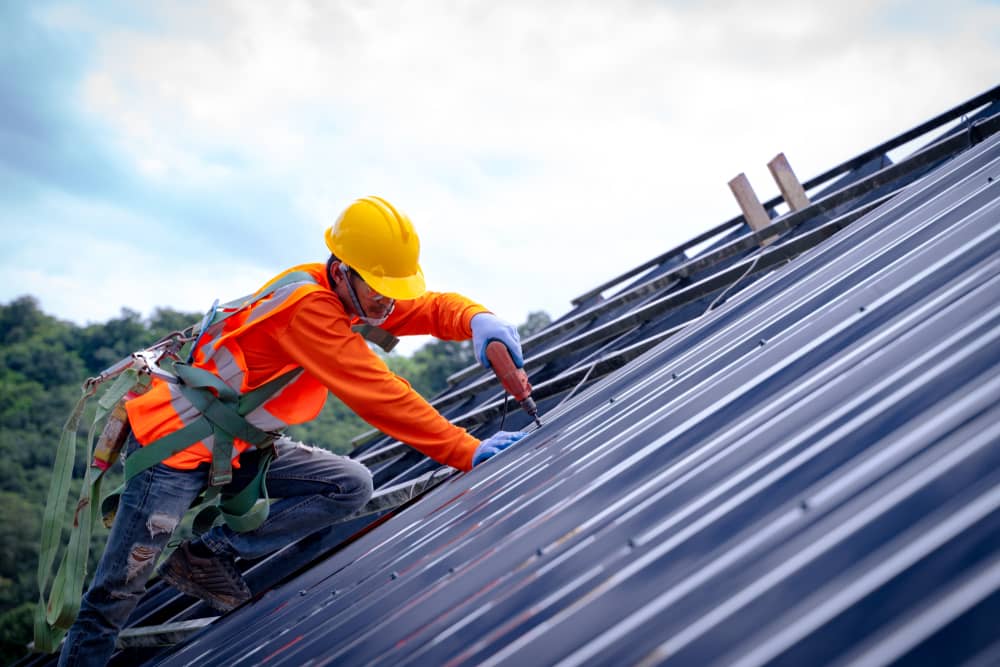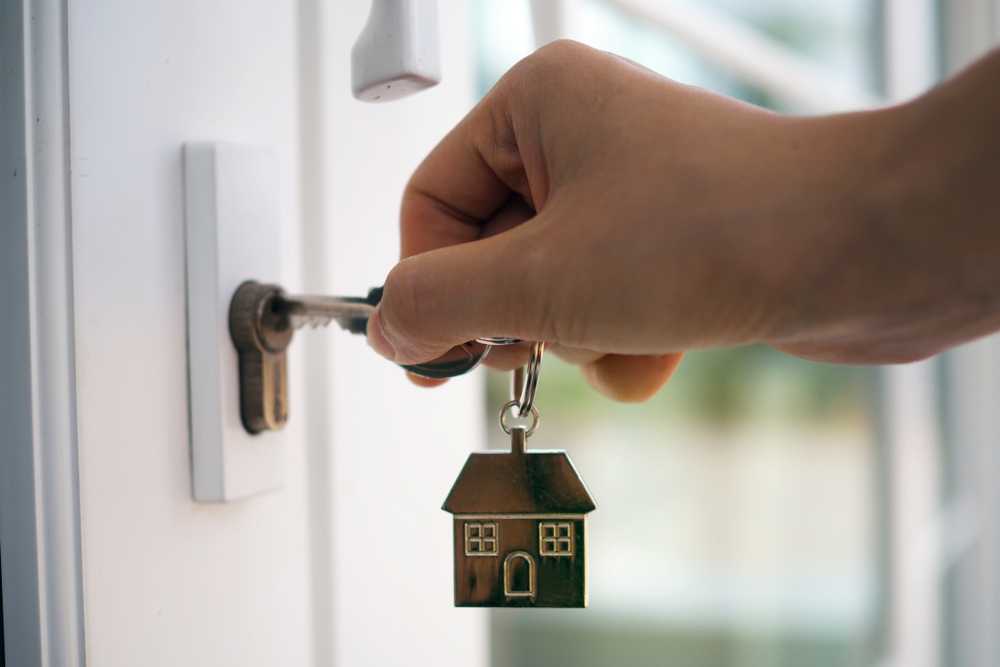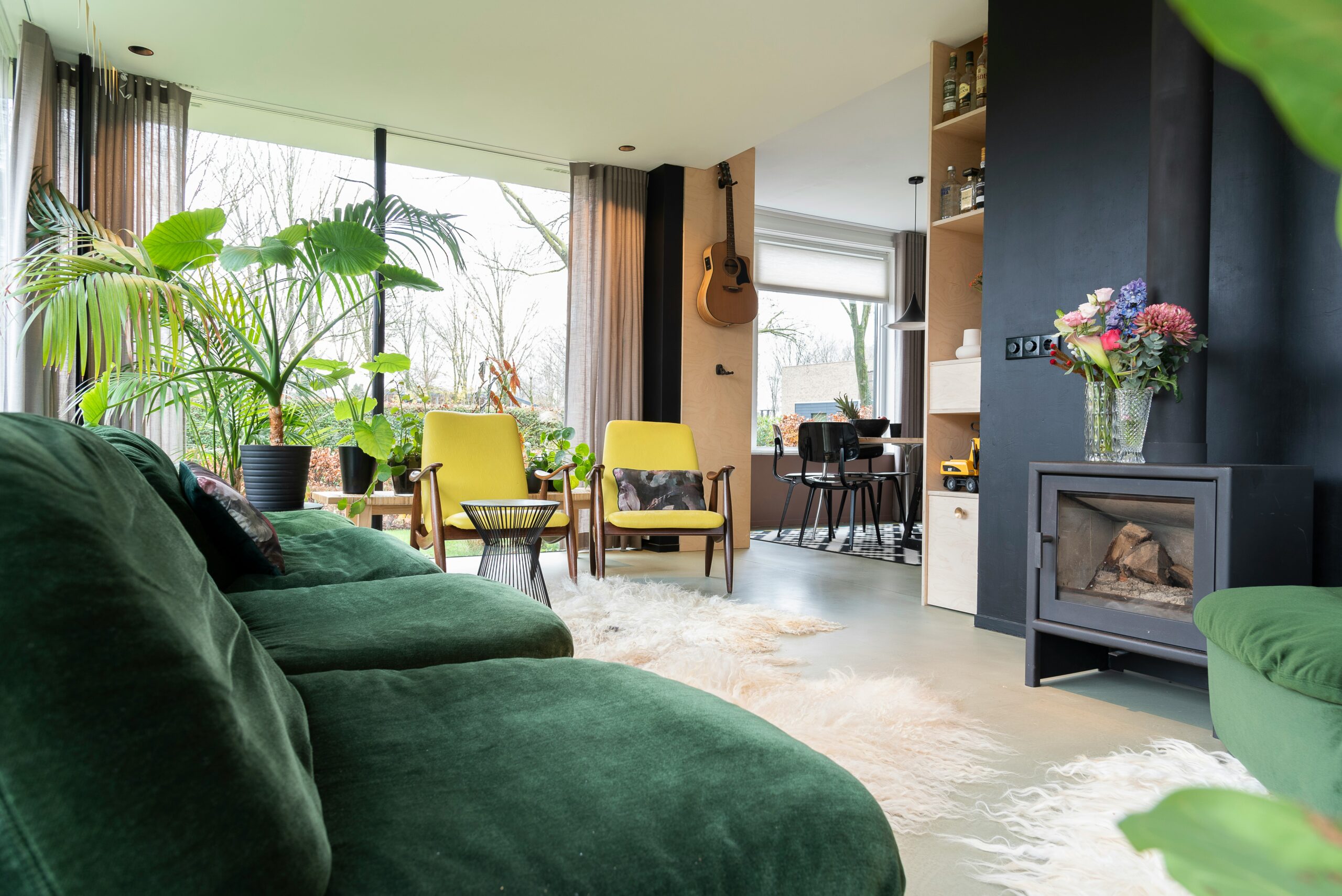With improved durability, energy efficiency, and visual appeal, roofing options are getting increasingly sophisticated in today’s commercial construction environment. Property owners and contractors are using cutting-edge roofing technology in response to the growing demand for affordable and environmentally friendly building materials. Modern options, such as flat roofs and acrylic coatings, offer commercial premises several advantages. Here are a few of the newest roofing options available for business structures.
Acrylic Coatings: A Durable and Reflective Solution
Acrylic Coatings are one of the most popular choices for modern commercial roofing. These coatings offer excellent weather resistance, preventing water infiltration and extending the life of the roof. Acrylic coatings are highly reflective, which helps to reduce the heat absorbed by the building, improving energy efficiency. This is especially beneficial in hot climates, where reduced heat absorption can lead to lower air conditioning costs. Additionally, acrylic coatings are easy to apply and maintain, making them a cost-effective solution for business owners looking to prolong their roof’s lifespan.
Flat Roof: The Practical Choice for Commercial Spaces
Flat roofs continue to be a common choice for modern commercial properties due to their practicality and versatility. A flat roof offers ample space for HVAC systems, solar panels, and other building utilities, making it an ideal solution for businesses with high energy needs. Flat roofs are also easier and safer to maintain, as they provide easy access for cleaning, inspections, and repairs. However, it’s essential to ensure proper drainage, as flat roofs are more prone to water pooling. Using advanced materials such as TPO (Thermoplastic Olefin) and EPDM (Ethylene Propylene Diene Monomer) can help enhance their durability and water resistance.
TPO Roofing: Lightweight and Energy-Efficient
TPO roofing is becoming more and more well-liked as an economical and environmentally friendly option for business buildings. Heat-reflective qualities and energy efficiency are well-known attributes of TPO, a single-ply membrane. By reflecting sunlight, it keeps the inside temperature lower and lowers cooling expenses. Compared to conventional roofing materials, TPO roofing systems are easier to install since they are lightweight. TPO membranes are also extremely resistant to ozone, UV rays, and chemical exposure, guaranteeing a long-lasting roof that needs little upkeep.
EPDM Roofing: A Reliable and Versatile Option
EPDM roofing is another widely used option for commercial properties, particularly for flat roofs. EPDM, a synthetic rubber material, is known for its exceptional durability and weather resistance. It offers excellent protection against extreme temperatures, making it suitable for a variety of climates. EPDM roofs are also resistant to punctures, UV rays, and ozone, making them a reliable choice for businesses looking for low-maintenance, long-term roofing solutions. Moreover, EPDM is flexible and can be easily applied to complex roof shapes, providing versatility in design.
Green Roofing: A Sustainable Option
As sustainability becomes increasingly important in the construction industry, green roofs are gaining traction in commercial roofing projects. A green roof involves planting vegetation on the roof’s surface, creating an eco-friendly space that helps improve air quality, reduce urban heat islands, and manage stormwater runoff. Green roofs provide insulation, reducing the need for artificial heating and cooling. They also enhance the aesthetic value of the building, making them a desirable option for businesses seeking both environmental and aesthetic benefits.
Increasing Energy Efficiency with Cool Roofing
Another cutting-edge approach to commercial roofing that is becoming more and more well-liked is cool roofing. Compared to conventional roofing materials, the materials used in this system reflect more sunshine and absorb less heat. The heat island effect, which causes urban areas to become noticeably warmer than their rural surrounds, can be considerably mitigated by cool roofs. Cool roofs lessen the environmental effect of business buildings and help cut cooling expenses by reflecting more sunshine. They are a great option for companies looking to cut energy use and increase sustainability because they can be installed on a variety of roof types, including flat roofs.
Conclusion
Innovative roofing solutions are essential for modern commercial properties. With options like acrylic coatings, flat roofs, TPO and EPDM systems, green roofs, and cool roofing technologies, businesses have a wide range of choices to meet their needs. These roofing solutions not only enhance the durability and functionality of a commercial property but also contribute to energy efficiency, sustainability, and long-term cost savings. As the demand for environmentally conscious construction grows, these advanced roofing systems will continue to play a key role in shaping the future of commercial buildings.




